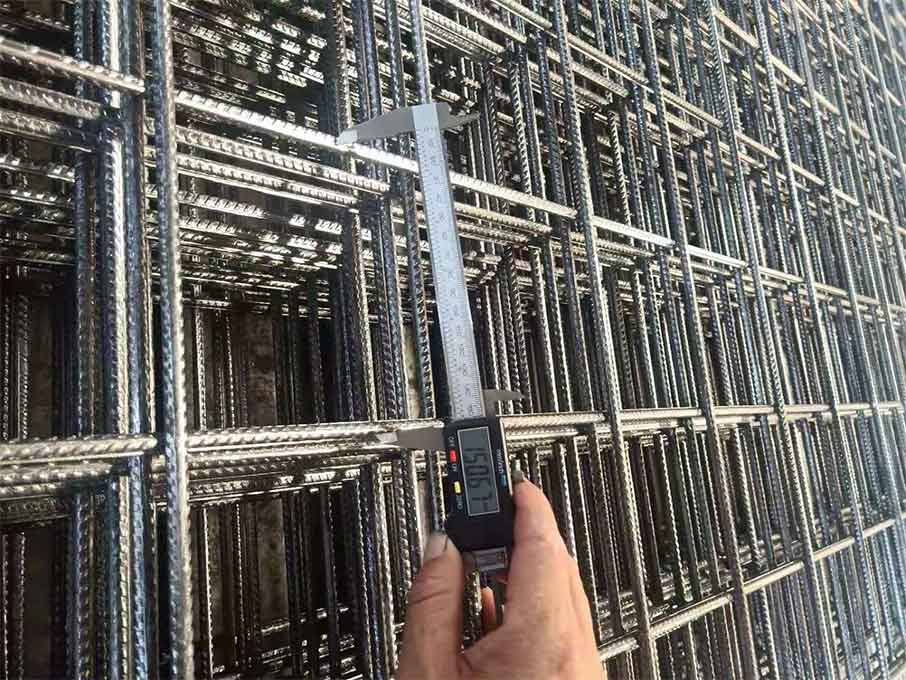What is Reinforcing Steel Mesh Used For?
Reinforcing steel mesh, commonly referred to as rebar or reinforcing fabric, plays a pivotal role in enhancing the structural integrity and durability of concrete constructions. To succinctly address the question, "What is Reinforcing Steel Mesh Used For?"—it is primarily employed to reinforce and fortify concrete structures, imparting increased strength and resilience to withstand various loads and environmental conditions.
The utilization of reinforcing steel mesh in construction is grounded in the fundamental principle of enhancing the tensile strength of concrete. While concrete possesses excellent compressive strength, it tends to be relatively weak when subjected to tensile forces. Herein lies the significance of reinforcing steel mesh, which acts as a robust framework within the concrete matrix. This mesh, typically consisting of interwoven steel bars or wires, forms a network that strategically distributes the tensile forces, effectively preventing the formation and propagation of cracks.
The process of utilizing reinforcing steel mesh involves careful engineering and placement within the concrete framework. During the pouring of concrete, the mesh is strategically positioned to coincide with areas of anticipated stress and tension. This meticulous placement ensures that the reinforcing steel mesh works synergistically with the concrete to counteract tensile forces, ultimately fortifying the entire structure.
The implications of incorporating reinforcing steel mesh extend beyond immediate structural reinforcement. One of the key advantages is the elongation of the service life of concrete structures. By mitigating the risk of cracking and deterioration, the mesh contributes to the longevity and durability of buildings, bridges, and other infrastructure. This is particularly crucial in regions prone to seismic activity or subjected to harsh environmental conditions.
Moreover, the use of reinforcing steel mesh facilitates the design and construction of more slender and economical structures. The enhanced strength provided by the mesh allows architects and engineers to create designs that optimize material usage without compromising safety or longevity. This not only results in cost savings but also contributes to more sustainable and environmentally friendly construction practices.
In conclusion, reinforcing steel mesh serves as an indispensable component in the realm of construction, addressing the inherent tensile weaknesses of concrete and bolstering its overall strength. Through strategic engineering and placement, this mesh effectively minimizes the risk of cracking and deterioration, prolonging the lifespan of structures and enabling the realization of more efficient and sustainable construction practices. As the demand for resilient and long-lasting infrastructure continues to grow, the role of reinforcing steel mesh remains paramount in shaping the future of construction.


